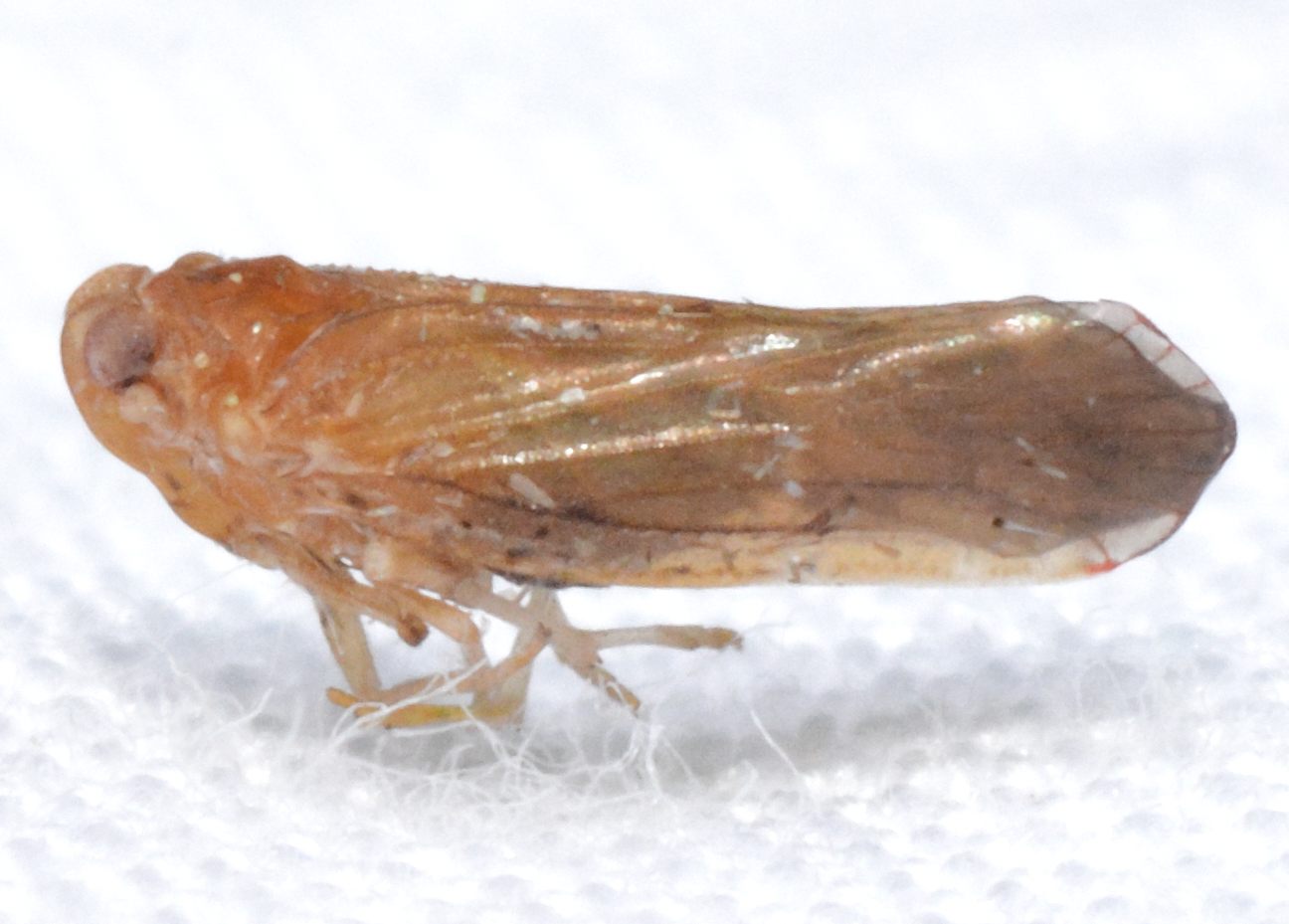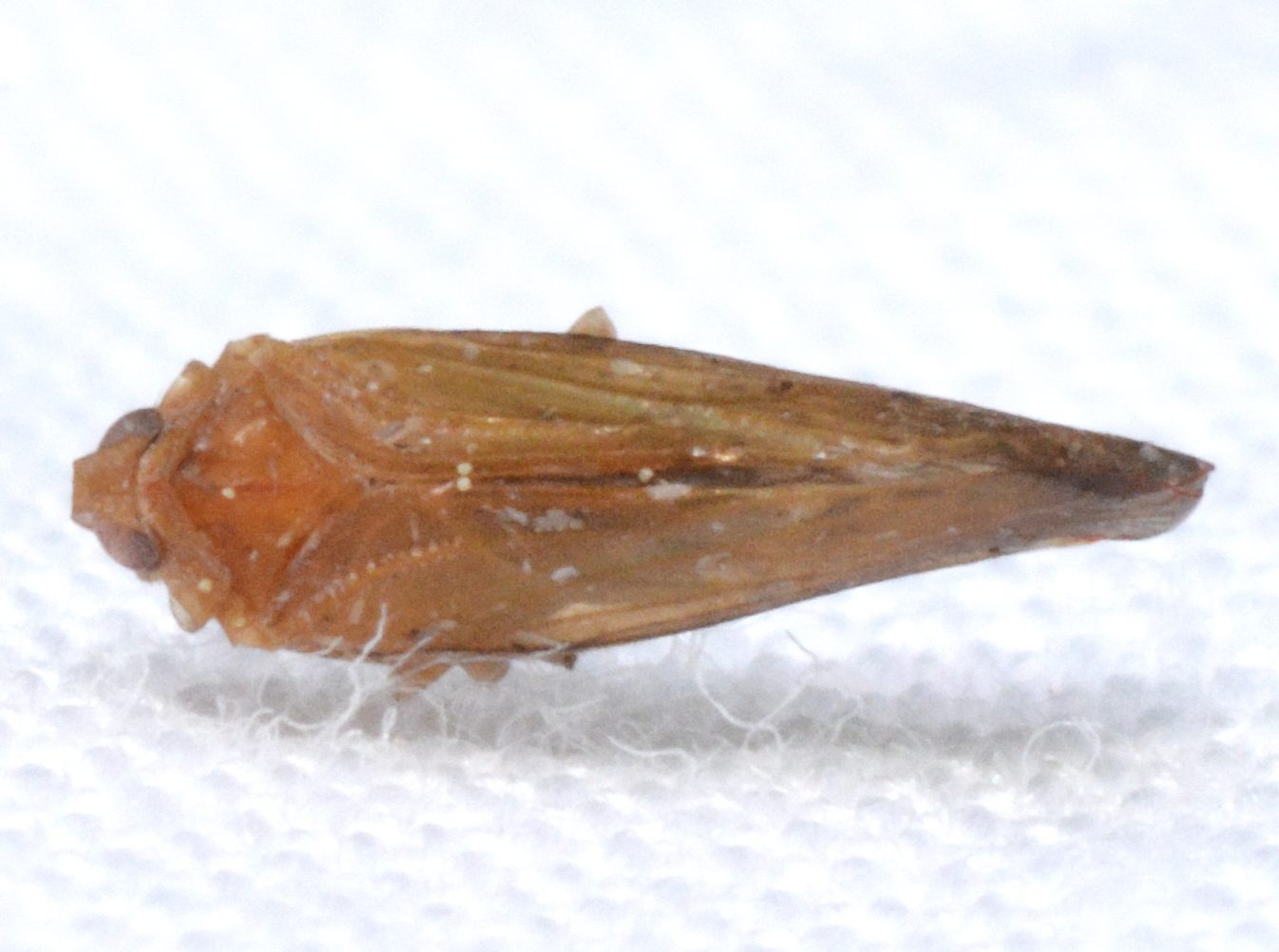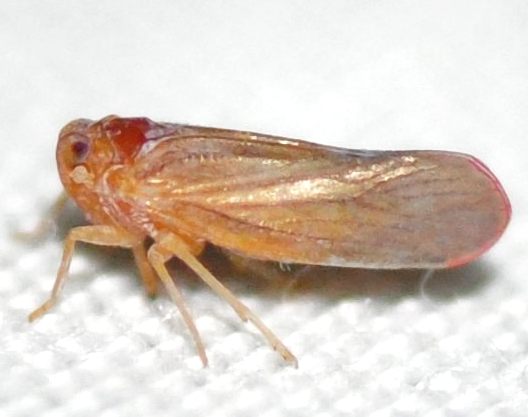| Family (Alpha): | |||
« |
 » » |
| DERBIDAE Members: | NC Records | |||||
|---|---|---|---|---|---|---|
Omolicna mcateei - No Common Name | ||||||
 © Kyle Kittelberger |  © Kyle Kittelberger- note orange coloration |  © Kyle Kittelberger- note color |  © Kyle Kittelberger- grayer individual |
|
Hoppers of North Carolina: Spittlebugs, Leafhoppers, Treehoppers, and Planthoppers |
| Family (Alpha): | |||
« |
 » » |
| DERBIDAE Members: | NC Records | |||||
|---|---|---|---|---|---|---|
Omolicna mcateei - No Common Name | ||||||
 © Kyle Kittelberger |  © Kyle Kittelberger- note orange coloration |  © Kyle Kittelberger- note color |  © Kyle Kittelberger- grayer individual |